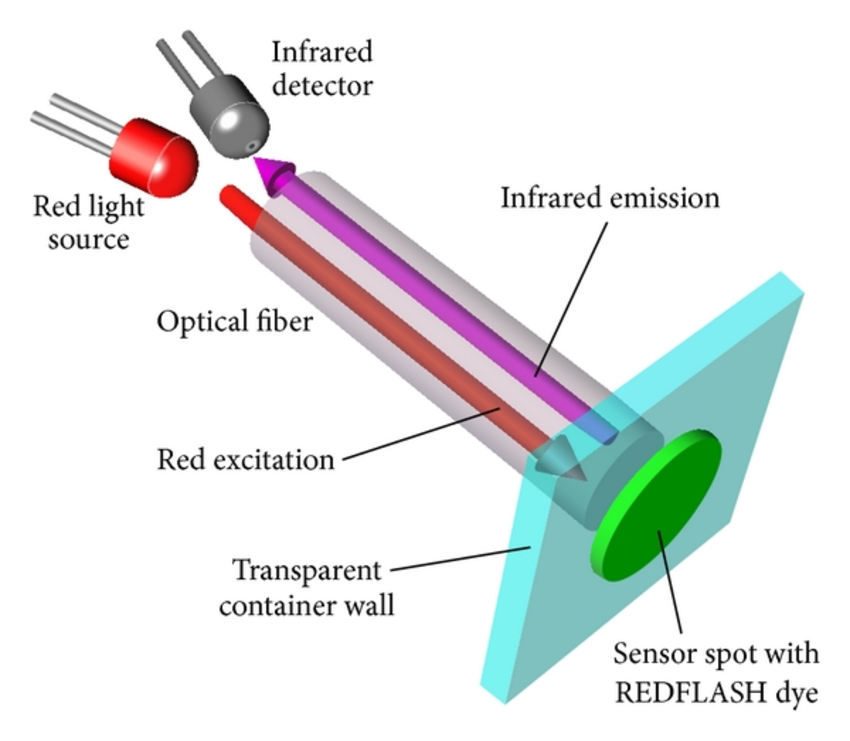What is spectrophotometry
发布时间:2021/6/11 14:26:15 来源:贯奥仪器仪表 作者:便携式多参数水质分析仪器 阅读次数:
Spectrophotometry is an analysis method established based on the selective absorption of light by substances, so it is also called absorbance spectroscopy or absorption spectroscopy. Solutions of many substances are colored. For example, KMnO4 aqueous solution is purple-red, K2Cr2O7 aqueous solution is orange. Many substance solutions are colorless or light-colored, but they react with certain reagents to produce colored substances. For example, Fe2+ forms a red complex with o-phenanthroline. Cu2+ forms a dark blue complex with ammonia, and Fe3+ forms a blood red complex with SCN-; the color of the colored substance solution is proportional to its concentration. The greater the concentration, the darker the color. The content of colored substances in the solution is determined by the method of comparing the color depth with the standard color scale, which is called colorimetric analysis; if it is by using a spectrophotometer, the degree of absorption of monochromatic light by the solution is used to determine the substance content. It is called spectrophotometry. According to the different wavelength range of incident light, it is divided into visible spectrophotometry, ultraviolet spectrophotometry, infrared spectrophotometry and so on. The colorimetric analysis method is commonly used for visual determination. The visual colorimetric method is simple and easy to operate, but the sensitivity and accuracy are not as good as the spectrophotometric method, but it still has certain applications in some analyses that require less accuracy.

Characteristics of spectrophotometry
Spectrophotometry is one of the most commonly used analytical methods in water quality analysis. It is mainly used to determine the content of trace components in samples. Compared with chemical analysis method, it has the following characteristics.
(1) High sensitivity
It can directly determine the trace components as low as 0.0005% in the sample without enrichment. Under normal circumstances, the lower limit of the determination concentration can also reach 0.1~1g/g, which is equivalent to a trace component with a content of 0.001%~0.0001%. If the tested components are pre-enriched, the sensitivity can be increased by 2 to 3 orders of magnitude.
(2) Higher accuracy
Usually the relative error of spectrophotometry is 2%~5%, which can fully meet the requirements for the determination of trace components. If the differential spectrophotometry is used, the relative error can even reach 0.5%, which is close to the error level of gravimetric analysis and titration analysis. On the contrary, titration analysis method or gravimetric analysis method is difficult to complete the determination of these trace components.
(3) Easy to operate
The instruments and equipment of rapid spectrophotometry are generally not complicated and easy to operate. If the sample is processed into a solution, the analysis result can be obtained by only going through the two steps of color development and measurement of absorbance. Using a highly sensitive, highly selective color reaction combined with a masking reaction, it can generally be measured directly without separation.
(4) Wide application range
Almost all inorganic ions and organic compounds can be directly or indirectly determined by spectrophotometry and can also be used to study the mechanism of chemical reactions, such as determining the composition of complexes in solution, and determining the dissociation constants of some acids and bases. At present, spectrophotometry is a routine analysis method widely used in industrial and agricultural production, biology, medicine, clinical, environmental protection and other fields.
